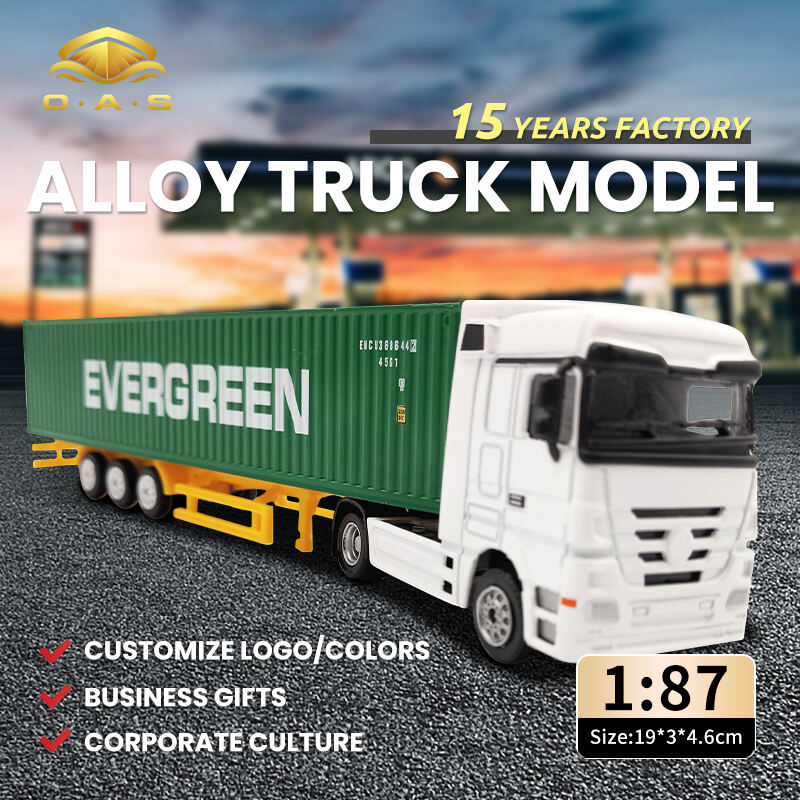
O.A.S Transportation Models: Function and Form in An Ideal Combination
O.A.S transportation models are the best way to combine form and function. Each model has been crafted not just to be a feasty for the eyes but also to provide some practical features which assist in the usage of the models. Such synchronization is the reason why O.A.S models are loved by both the collectors and hobbyists.
This is clearly illustrated in O.A.S models and their purpose. Most of the models come with moving parts that enable them to perform the same functions as the actual replicas of vehicles that they represent. For example, model trains come with wheels and couplers that rotate while the trains are running and model cars depict operable doors and bonnets. This provides a first-hand interaction with the audience and enables the audience to appreciate the extra engineering efforts instituted in each of the collectibles.
On the other hand, in terms of aesthetics, O.A.S transportation models cannot just be modelled with all sorts of embellishments but must convey ‘style’ for lack of a better word. The designers use great paints, textures and finishes on the models to bring out the idea. If it’s a sports car, or a migration aircraft, rest assured that O.A.S models are such that one gets wowed.
In addition, O.A.S methods of transportation mean it can be used in many ways. They make good home, office and classroom decors, among others. They beautify any space, while the practical features in them encourage interaction.
In educational purposes, the O.A.S transportation models add value to the learning experience by acting as real-life examples of engineering and design solutions. These models can be utilized to explain physics, mechanics and historical events where a more practical based learning is required.
To sum up, O.A.S transport models are in a functional and an aesthetic category all at once. This exceptional feature attracts both enthusiasts and educators. Everyone individual, including collectors, will see the form and appreciation of the models and their ability to touch.